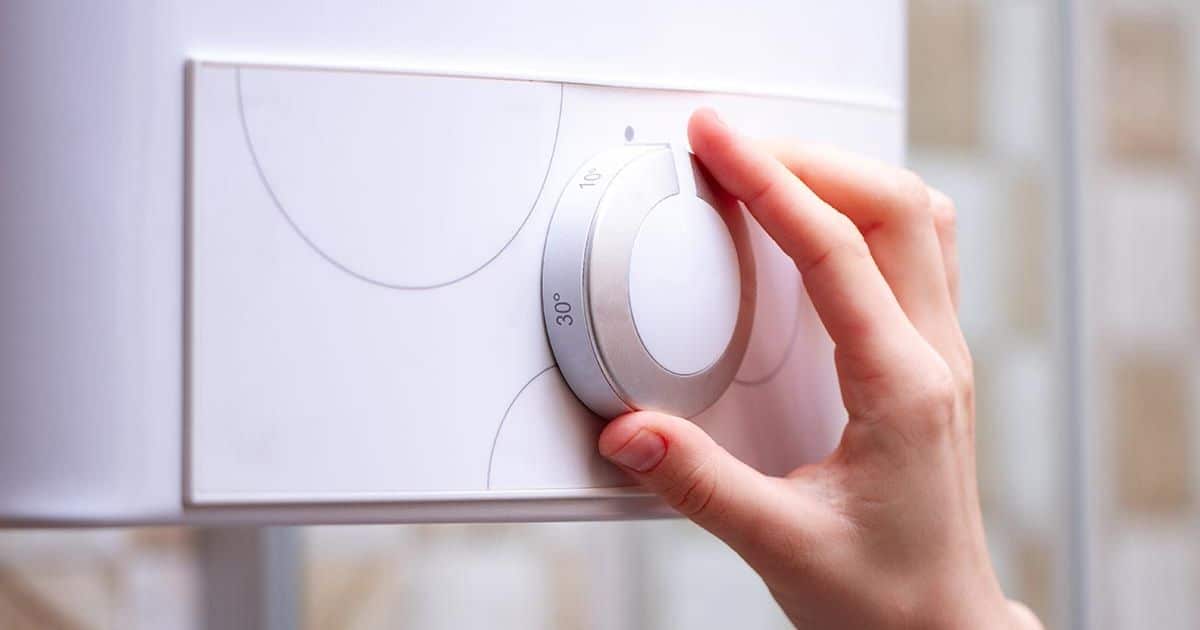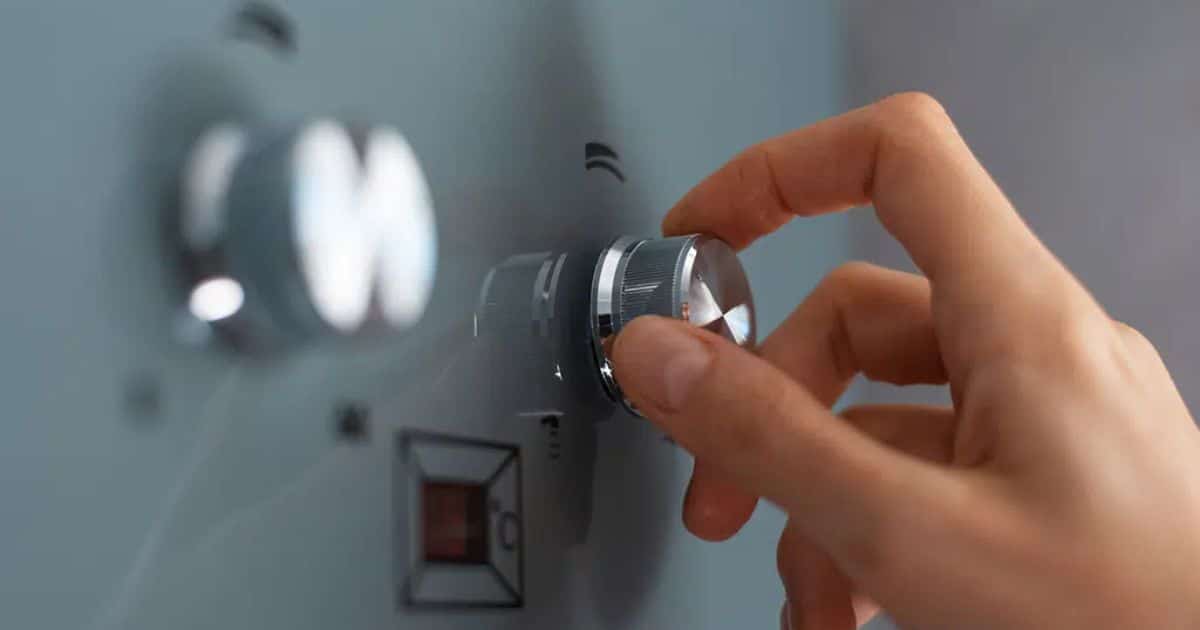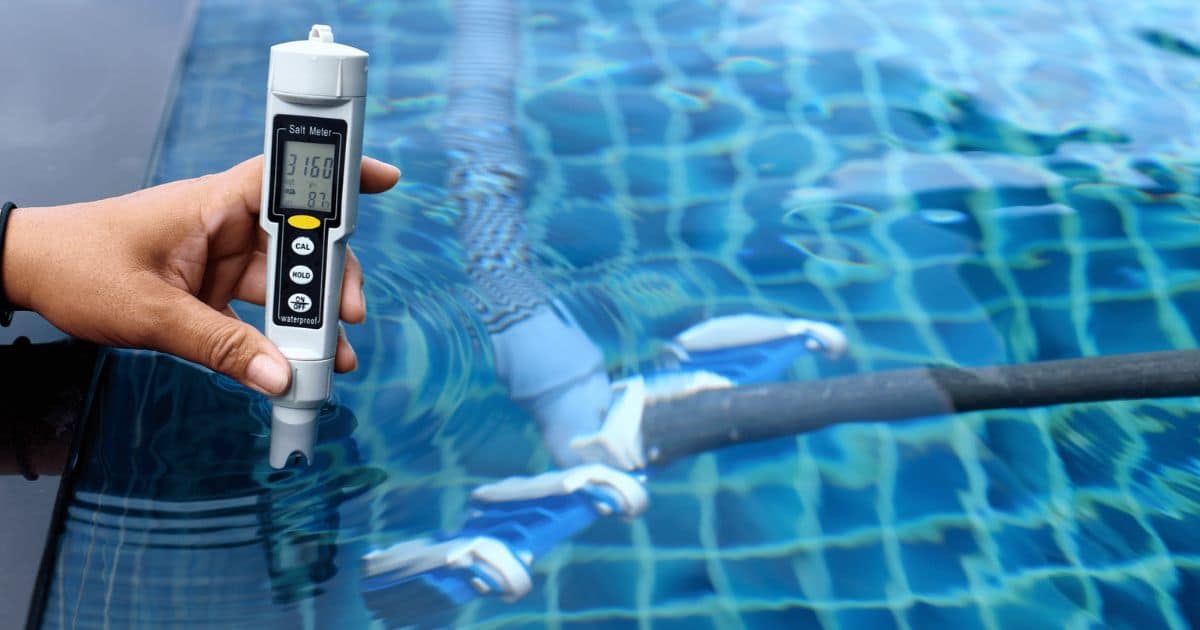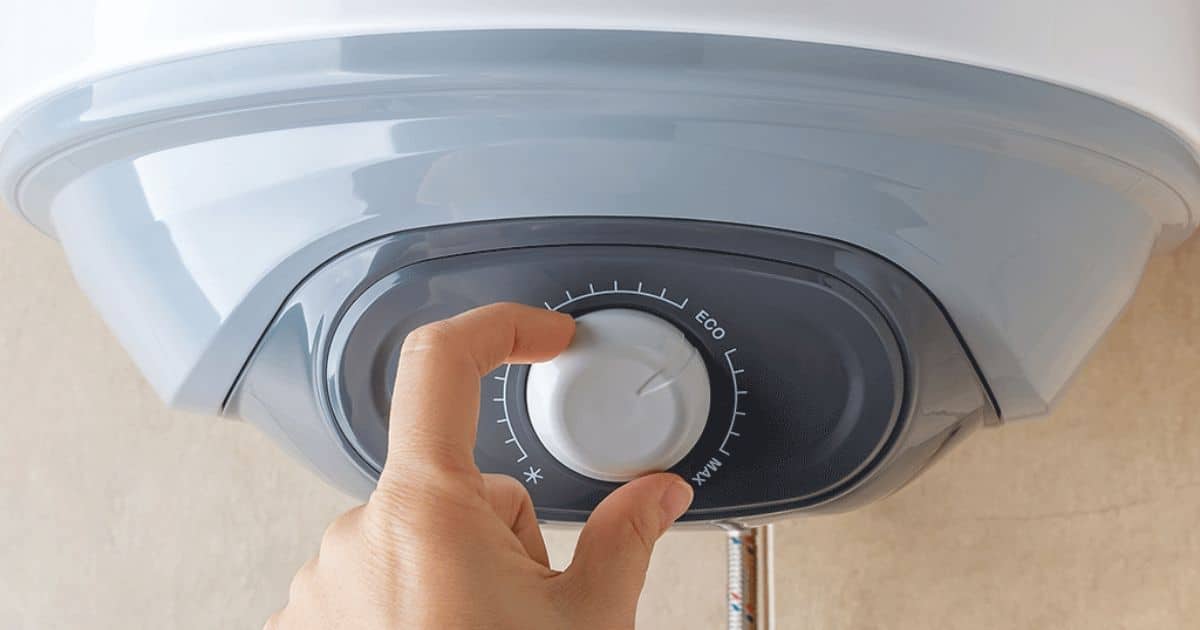Adjusting the temperature of your hot water heater is an essential task to ensure the comfort and safety of your household. By maintaining the correct temperature range, you can optimize energy efficiency and prevent scalding accidents.
This guide will provide you with step-by-step instructions on how to adjust the temperature of different types of hot water heaters, including gas, electric, and tankless models. Whether you’re looking to increase the temperature for a hotter shower or decrease it to save on energy costs, this information will help you make the necessary adjustments.
By following these instructions, you’ll be able to enjoy the perfect water temperature for your needs, fostering a sense of belonging and satisfaction within your home.
Key Takeaways
- Proper hot water temperature is important for ensuring safety, preventing scalding accidents, reducing the risk of burns, and protecting children and the elderly.
- The tools and steps for measuring hot water temperature include a digital thermometer with a waterproof probe, a screwdriver or wrench, safety gloves, protective eyewear, and a towel or cloth for handling hot surfaces.
- To adjust the hot water heater temperature, locate the temperature adjustment dial, use a screwdriver or wrench to adjust the dial, turn clockwise to increase temperature, turn counterclockwise to decrease temperature, make small adjustments, and wait for water to stabilize before rechecking temperature.
- Safety considerations during temperature adjustment include wearing safety gloves and protective eyewear, being cautious of hot surfaces, following manufacturer’s instructions, keeping children and pets away, and consulting a professional plumber if unsure.
Correct Temperature Range
The correct temperature range for a hot water heater is typically between 120 to 140 degrees Fahrenheit. Maintaining an appropriate water temperature is crucial for ensuring efficient and safe operation of the water heating system.
Setting the temperature too low may result in inadequate hot water supply, while setting it too high can pose various risks, including scalding and energy wastage. It is important to strike a balance between comfort and safety when adjusting the water heater temperature.
A temperature of 120 degrees Fahrenheit is generally considered sufficient for most households, providing hot water for daily use without compromising safety. In certain situations where there is a higher demand for hot water, such as in commercial settings, a temperature of 140 degrees Fahrenheit may be necessary.
Regularly monitoring and adjusting the hot water heater temperature within the recommended range is essential for optimal performance and user satisfaction.
Adjusting Water Heater Temperature

To adjust the water heater temperature, it is important to follow a few simple steps to ensure optimal performance and user satisfaction. Here is a quick guide to help you adjust the temperature of your water heater:
- Locate the temperature dial: Look for the temperature dial on your water heater. It is usually located on the front or side of the unit.
- Turn off the power: Before making any adjustments, turn off the power supply to the water heater. This can be done by flipping the appropriate circuit breaker.
- Adjust the temperature: Use a flathead screwdriver to turn the temperature dial to your desired setting. Most experts recommend setting the temperature between 120°F and 140°F for optimal comfort and energy efficiency.
Tankless Water Heaters
Tankless water heaters are becoming increasingly popular for their energy efficiency and endless supply of hot water. Unlike traditional tank water heaters, tankless models heat water directly as it flows through the unit, eliminating the need for a storage tank.
This allows for a continuous supply of hot water, making them ideal for households with high water demand. To better understand the advantages of tankless water heaters, consider the following table:
| Advantages of Tankless Water Heaters | Disadvantages of Tankless Water Heaters |
|---|---|
| Energy-efficient | Higher upfront cost |
| Space-saving | Limited flow rate |
| Longer lifespan | May require additional electrical work |
| Reduced risk of water damage | May not be compatible with all homes |
Now that we have explored tankless water heaters, let’s move on to the next section, which will discuss gas or electric water heaters.
Gas or Electric Water Heaters
Gas or electric water heaters are common options for providing hot water in residential settings. When choosing between the two, it is important to consider several factors. Here are three key points to help you make an informed decision:
- Energy efficiency: Gas water heaters tend to be more energy-efficient than electric ones. Gas heaters use natural gas or propane to heat the water, which can result in lower energy costs over time.
- Installation and maintenance: Gas water heaters require proper ventilation and a gas supply line, making their installation more complex. On the other hand, electric water heaters are easier to install and maintain, requiring only an electrical connection.
- Cost: While gas water heaters may have a higher upfront cost due to installation requirements, they often have lower operating costs in the long run. Electric water heaters, on the other hand, have lower initial costs but may be more expensive to operate.
Considering these factors will help you choose the right type of water heater for your needs, ensuring efficient hot water supply while minimizing costs.
Gas Water Heater Temperature Adjustment

When considering the adjustment of temperature on a gas water heater, it is essential to understand the proper steps to ensure optimal performance and safety. Gas water heaters provide hot water by burning natural gas or propane, making temperature adjustment a critical task.
To begin, locate the temperature dial on the front of the heater. Use a flathead screwdriver or a coin to turn the dial to the desired temperature. Keep in mind that the recommended temperature range is typically between 120 and 140 degrees Fahrenheit.
It is crucial to exercise caution when adjusting the temperature to prevent scalding or overheating. Once the desired temperature is set, wait for a few hours to allow the water to reach the new temperature.
Regularly check the water temperature to ensure it remains within the safe range and make adjustments as needed. By following these steps, you can adjust the temperature on your gas water heater effectively and maintain a safe and comfortable water temperature.
Electric Water Heater Temperature Adjustment
To adjust the temperature on an electric water heater, start by locating the temperature control panel. This panel is usually found on the front or side of the tank. Once you have located the panel, follow these steps:
- Turn off the power: Before making any adjustments, it is crucial to turn off the power to the water heater. This can be done by flipping the circuit breaker or turning off the designated power switch.
- Remove the cover: Use a screwdriver or a wrench to remove the cover of the temperature control panel. This will expose the thermostat and temperature adjustment dial.
- Adjust the temperature: Using a flathead screwdriver, rotate the temperature adjustment dial to the desired temperature. Most electric water heaters have a range of 90-150 degrees Fahrenheit.
Remember to take caution when adjusting the temperature to prevent scalding or damage to the water heater.
Tankless Water Heater Temperature Adjustment
Tankless water heaters can have their temperature adjusted by accessing the control panel. Unlike traditional tank water heaters, tankless models offer the benefit of on-demand hot water without the need for a storage tank.
To adjust the temperature, locate the control panel on the heater unit. Depending on the model, you may need to remove a cover to access the panel. Once the panel is exposed, you will typically find buttons or dials to adjust the temperature setting.
Consult the manufacturer’s instructions for specific guidance on how to adjust the temperature on your particular model. It’s important to note that tankless water heaters can sometimes have more complex temperature adjustment processes compared to traditional units, so it’s essential to follow the manufacturer’s instructions closely to ensure proper and safe adjustment.
Measuring Water Temperature

Water temperature can be measured using a thermometer. To accurately measure the temperature of water, follow these three steps:
- Select a suitable thermometer: Choose a thermometer that is designed to measure liquid temperatures accurately. Consider using a digital thermometer with a waterproof probe for convenience and precision.
- Prepare the water sample: Take a sample of the water you want to measure, ensuring that it represents the temperature of the entire water source. Stir the water gently to ensure uniform distribution of heat.
- Insert the thermometer: Carefully insert the thermometer probe into the water sample, making sure it is fully immersed. Leave the thermometer in the water for a few seconds until the reading stabilizes. Take note of the temperature displayed on the thermometer.
FAQ’s
Can Adjusting the Hot Water Heater Temperature Help Save Energy and Reduce Utility Bills?
Adjusting the hot water heater temperature can indeed help save energy and reduce utility bills. By lowering the temperature, less energy is required to heat the water, resulting in decreased energy consumption and cost savings.
What Are the Potential Risks or Dangers of Setting the Water Heater Temperature Too High?
Setting the water heater temperature too high can pose potential risks and dangers, such as scalding injuries and increased risk of Legionella bacteria growth. It is important to carefully adjust the temperature to ensure safety and prevent any adverse effects.
How Often Should I Check and Adjust the Temperature on My Hot Water Heater?
Regularly monitoring and adjusting the temperature on your hot water heater is crucial to ensure optimal performance and safety. By adhering to manufacturer recommendations and conducting routine checks, you can prevent issues and maintain efficient water heating capabilities.
Is It Possible to Adjust the Water Temperature for Specific Fixtures or Appliances in My Home?
It is possible to adjust the water temperature for specific fixtures or appliances in your home by installing thermostatic mixing valves or temperature control valves. These devices allow for precise control of water temperature at individual points of use.
Are There Any Special Considerations or Steps to Take When Adjusting the Temperature on a Tankless Water Heater Compared to a Traditional Tank-Style Heater?
When adjusting the temperature on a tankless water heater compared to a traditional tank-style heater, it is important to consider the unique features and settings of each type of heater to ensure proper adjustments are made.
Conclusion
In conclusion, adjusting the temperature of a hot water heater is an important task that requires careful consideration. Whether it is a gas or electric water heater, or even a tankless system, knowing the correct temperature range and following the proper adjustment procedures is essential.
By measuring the water temperature and making the necessary adjustments, you can ensure the optimal comfort and safety of your hot water supply. Remember, a well-regulated hot water heater is key to a happy and relaxing bathing experience.











